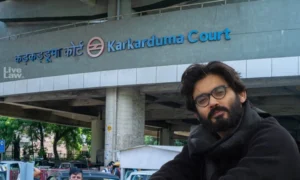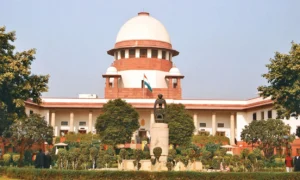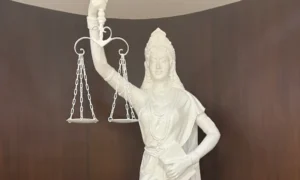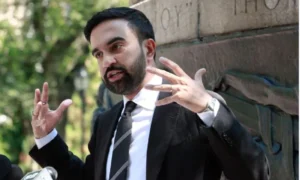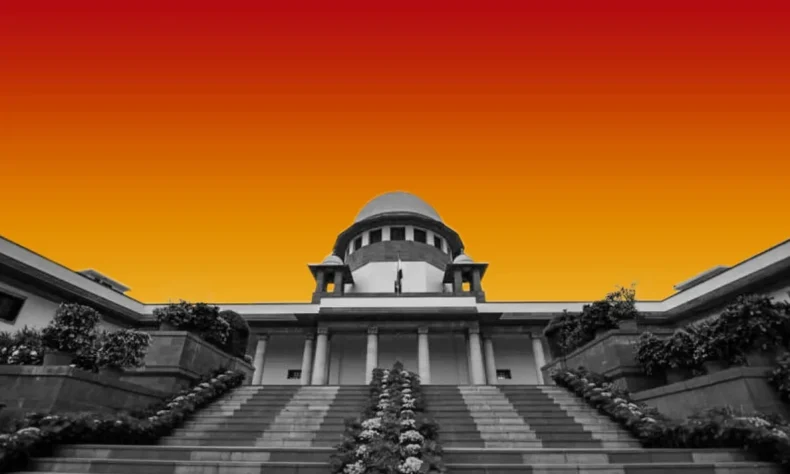
The Supreme Court of India has chosen restraint over retribution in the recent courtroom incident where advocate Rakesh Kishore attempted to hurl a shoe at Chief Justice of India (CJI) B.R. Gavai. While the apex court acknowledged the seriousness of the act, it has deferred immediate contempt action and instead decided to consider preventive guidelines to safeguard judicial decorum and prevent such occurrences in the future.
A Bench led by Justices Surya Kant and Joymalya Bagchi heard the matter on Monday and made it clear that while the incident cannot be ignored, the Court prefers not to inflame public attention further. “Once the CJI himself has pardoned him, why give more importance to that person?” Justice Kant remarked, reflecting a measured judicial tone rather than an emotional response.
The incident, which took place on October 6, saw Rakesh Kishore reportedly removing and attempting to throw his shoe at the dais where the CJI was presiding. The act shocked the legal fraternity and sparked nationwide debate on courtroom discipline, professional ethics, and the sanctity of judicial spaces.
Senior Advocate and Supreme Court Bar Association (SCBA) President Vikas Singh condemned the episode in strong terms, calling it a “grave criminal contempt” and warning that leniency could embolden similar behaviour. He urged the court to take swift disciplinary action, arguing that inaction might set a dangerous precedent and risk glorifying such disruptive conduct.
However, the Bench maintained that the judiciary’s strength lies in its composure. Justice Kant noted that while the act was reprehensible, the Court’s response must be anchored in institutional dignity, not impulse. The judges emphasised that they were exploring preventive guidelines—a structured framework to enhance courtroom security and preserve judicial decorum—rather than rushing into punitive measures that could draw undue publicity to the individual involved.
Solicitor General Tushar Mehta informed the court that the Attorney General had already consented to initiate contempt proceedings under Section 15 of the Contempt of Courts Act. Yet, the Bench held that such a step, though legally available, would only amplify the episode and keep it in the public eye. “Once we take this up, it will again be spoken about for weeks,” Justice Kant remarked, underscoring the judiciary’s intent to defuse sensationalism.
The Supreme Court’s stance reflects a broader judicial philosophy: safeguarding institutional credibility while avoiding the trap of spectacle. By deferring immediate punishment, the Bench signalled that the integrity of the judiciary is best preserved through calm, procedural strength—not reactive confrontation.
In the coming days, the Court is expected to work with the Bar Council and legal institutions to craft preventive measures ensuring such acts are neither repeated nor romanticised. These may include stricter entry protocols, behavioural codes for advocates, and enhanced security coordination inside courtrooms.
Through this balanced approach, the Supreme Court reaffirmed that while justice must be firm, it must also remain dignified. The decision to focus on preventive reform over punitive action reflects both moral restraint and confidence in the rule of law,6a reminder that the judiciary’s authority rests not merely on power, but on principle.
📰 Crime Today News is proudly sponsored by DRYFRUIT & CO – A Brand by eFabby Global LLC
Design & Developed by Yes Mom Hosting

